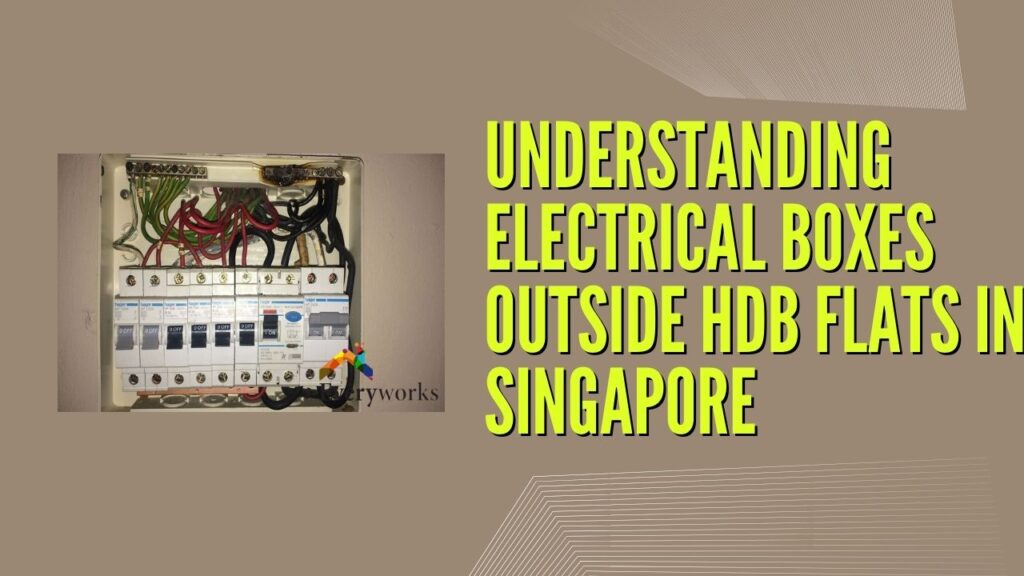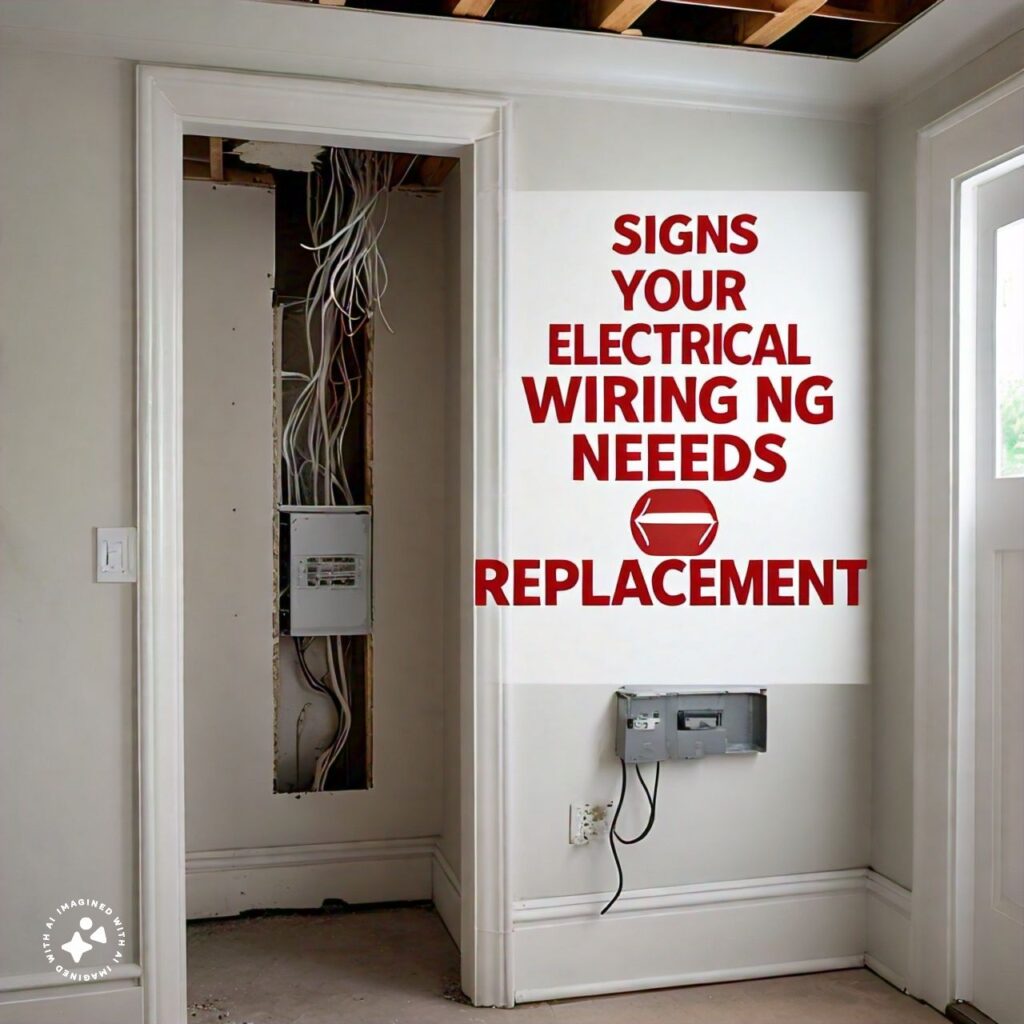When it comes to the placement of insulation in relation to electrical wiring, the decision carries significant implications for safety, efficiency, and long-term maintenance.
In the context of Singapore’s unique climate and construction practices, it’s essential to delve into the details and considerations to determine the best approach.
1. Placement of Insulation: Front or Behind Wiring
Insulating electrical wiring is crucial for mitigating the risk of electrical hazards, especially in environments prone to humidity and moisture like Singapore. One of the primary considerations is thsi, does insulation go in front or behind wiring? Let’s find out.
Insulation Behind Wiring:

This approach offers several advantages. By placing insulation behind the wiring, it creates a protective barrier that shields the wires from external elements such as moisture and heat.
This is particularly important in Singapore’s tropical climate, where high humidity levels can accelerate corrosion and degradation of electrical components. Additionally, insulation behind wiring allows for easier access during maintenance and repairs, as electricians can readily access the wires without having to remove insulation barriers.
This accessibility is critical for ensuring timely inspections and addressing any issues that may arise, thereby enhancing overall safety and reliability.
Insulation in Front of Wiring:
While this approach may seem intuitive at first glance, it poses several challenges and risks. Placing insulation in front of wiring can obstruct access to the wires, making it difficult for electricians to conduct inspections or perform repairs.
In the event of a fault or malfunction, having insulation in front of the wiring could impede troubleshooting efforts, potentially leading to delays and increased costs. Moreover, if insulation materials are not properly rated for electrical applications, they may pose a fire hazard or fail to provide adequate protection against heat and moisture.
Therefore, opting to place insulation in front of wiring is generally not recommended due to its inherent limitations and safety concerns.
2. The Better Choice: Insulation Behind Wiring
Based on the aforementioned analysis, it is evident that placing insulation behind electrical wiring is the preferred choice in terms of safety, accessibility, and long-term reliability. This approach offers multiple benefits, including:
Enhanced Protection: Insulation behind wiring acts as a reliable barrier against external factors such as moisture, heat, and mechanical damage, thereby safeguarding the integrity of the electrical system.
Accessibility: By allowing easy access to the wiring, insulation behind wiring facilitates routine inspections, maintenance activities, and troubleshooting efforts, enabling prompt identification and resolution of potential issues.
Compliance: Following industry best practices and regulatory requirements, placing insulation behind wiring aligns with established standards for electrical installations, ensuring compliance with safety guidelines and minimizing the risk of liability.
In summary, while both placement options may seem feasible on the surface, a comprehensive analysis reveals that insulation behind wiring offers superior advantages in terms of safety, accessibility, and compliance. Therefore, homeowners and contractors in Singapore should prioritize this approach when planning and implementing electrical installations.
Sequence of Work: Electrical First or Insulation?
In addition to determining the optimal placement of insulation, it is essential to consider the sequence of work during renovation or construction projects.
Specifically, should electrical wiring be installed before or after insulation?
Electrical First:
This sequence is generally recommended for several reasons. By completing electrical wiring installations before adding insulation, contractors can ensure that the wiring is properly positioned and secured without any obstructions.
This reduces the likelihood of damage to the wiring during insulation installation and minimizes the need for rework or adjustments.
Moreover, conducting electrical work first allows for thorough inspections and testing to verify compliance with safety standards, providing peace of mind for homeowners and stakeholders.
Insulation Afterwards:
Once electrical wiring is in place and inspected, insulation can be added as a subsequent step in the construction process.
This sequence allows for seamless integration of insulation materials behind the wiring, providing an additional layer of protection and thermal insulation. By following this sequence, contractors can optimize workflow efficiency and maintain project timelines while ensuring the safety and performance of the electrical system.
In conclusion, for optimal outcomes in electrical installations, it is advisable to prioritize insulation behind wiring and follow a sequence of work that involves completing electrical installations before adding insulation.
By adhering to these principles, homeowners and contractors can achieve superior safety, reliability, and efficiency in their construction projects, particularly in the context of Singapore’s unique environmental and regulatory considerations.
Best Type of Insulation for Different Purposes: A Detailed Analysis
Selecting the right type of insulation is paramount for ensuring optimal thermal efficiency, moisture resistance, and safety in electrical installations.
In the context of Singapore’s climate and construction requirements, it’s essential to explore the various options available and their suitability for different purposes. Let’s delve into this topic with a detailed analysis:
1. Thermal Insulation:
Thermal insulation plays a crucial role in regulating indoor temperatures and reducing energy consumption, especially in tropical climates like Singapore.
When selecting insulation materials for thermal purposes, it’s essential to consider factors such as thermal conductivity, durability, and environmental impact.
Best Choice: Closed-cell foam insulation, such as extruded polystyrene (XPS) or polyisocyanurate (PIR), is well-suited for thermal insulation in electrical installations. These materials offer excellent thermal resistance and moisture resistance, making them ideal for use in humid environments like Singapore. Additionally, closed-cell foam insulation provides superior structural stability and durability, ensuring long-term performance and energy savings.
2. Moisture Resistance:
Moisture resistance is critical for protecting electrical components from water damage, corrosion, and mold growth, particularly in humid climates.
When selecting insulation materials for moisture resistance, it’s essential to choose options that can withstand exposure to moisture without compromising performance or safety.
- Best Choice: Closed-cell foam insulation, such as spray foam insulation or rigid foam boards, is highly effective for moisture resistance in electrical installations. These materials form a seamless barrier that prevents water infiltration and minimizes the risk of condensation, thereby safeguarding electrical components from moisture-related damage. Additionally, closed-cell foam insulation offers superior adhesion and sealing properties, ensuring a tight and durable protective layer.
3. Fire Protection:
Fire protection is paramount in electrical installations to minimize the risk of fire hazards and ensure compliance with safety regulations. When selecting insulation materials for fire protection, it’s essential to choose options that are rated for fire resistance and can withstand high temperatures without combustion or melting.
Best Choice: Mineral wool insulation, such as rock wool or glass wool, is widely regarded for its excellent fire resistance properties. These materials are non-combustible and can withstand high temperatures, making them ideal for use in electrical installations where fire protection is a primary concern. Additionally, mineral wool insulation offers superior sound absorption and thermal insulation properties, further enhancing its suitability for diverse applications.
4. Environmental Impact:
Considering the environmental impact of insulation materials is essential for promoting sustainability and reducing carbon footprint in construction projects.
When selecting insulation materials with minimal environmental impact, it’s essential to prioritize options that are renewable, recyclable, or manufactured with eco-friendly processes.
- Best Choice: Natural fiber insulation, such as cotton, wool, or cellulose, is an excellent choice for minimizing environmental impact in electrical installations. These materials are derived from renewable resources and often contain recycled content, making them inherently sustainable. Additionally, natural fiber insulation offers good thermal insulation and moisture resistance properties, providing a viable eco-friendly alternative to conventional insulation materials.

